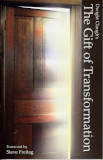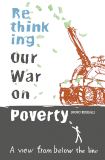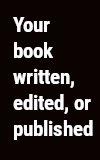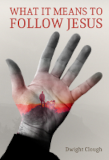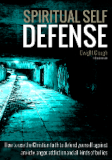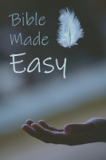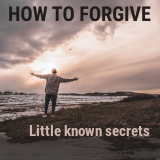
If you’re interested in reading the entire Bible, there’s an easy way and there’s a hard way to do it.
Here’s the hard way: Pick up an old King James Bible, start on page 1, and try to plow all the way through to Revelation. Most (95%) people who do that get bogged down, discouraged, and quit.
Here are some hacks to make it easier:
#1 Stories are easier. About 1/3 of the Bible is story. Story is easier to read than legal code, song lyrics, essays, genealogies, and the other kinds of literature that make up the rest of the Bible. Start with story. Once you understand the story line of the Bible, you have a place in your mind to put all the other pieces. You want a reading plan that gives you story first.
#2 Short is easier. The Bible is made up of 66 books. Some books are long. Some are short. It’s easier to tackle shorter books first.
#3 You need some basic information. When you understand, for example, that in the Old Testament the people of God were a nation—the nation of Israel, while in the New Testament the people of God are believers from all nations, your reading will make a lot more sense. I’ve identified 12 paradigm shifts from the Old Testament to the New Testament—if you know this information, it makes understanding the Bible much easier.
#4 One bite at a time. You know what I’m going to say, right? How do you eat an elephant? One bite at a time. Same way with the Bible. You can’t read it all at once, but you will eventually read it all if you take advantage of the moment, and read a little bit now.
#5 Read it in a different order. Start with the New Testament. Start with the Gospels (the story of Jesus)—Matthew, Mark, Luke, and John. Start with Mark. It’s the shortest. And you can finish Mark in less than a week. Easy. Easy peasy.
I have a whole Bible reading plan which I will be happy to give you (see below). Here’s what it includes:
#1 You’ll finish the entire Bible in a little less than a year.
#2 You’ll be able to measure your progress daily and know how much of the entire Bible you’ve completed.
#3 We start with easy.
#4 I give you background information you need before we get into more challenging passages.
#5 There’s room for you to journal as you read.
#6 Use any translation.
Speaking of translations, if you’re new to the Bible, let me recommend the New Living Translation (NLT), or the New Century Version (NCV), or The Message (MSG). If you’re a more experienced reader, then the New International Version (NIV) is nice for everyday reading. The King James Version (KJV) is an elegant translation, but there’s a bit of a learning curve. I like the New American Standard Bible (NASB) or the Jubilee Bible (JUB) for study, although others like the ESV or the RSV.
One bonus hack: Audio helps. You can play the audio instead of or along with your daily reading. I have the Bible on audio on my phone. I turn it on as I’m getting ready to fall asleep at night, and I play it all night long. I often wake up in the middle of the night, so I get several chapters of the Bible into my head as I’m falling back asleep. This has allowed me to effortlessly go through the entire Bible many, many times.
Here’s a video with more information (join me on another walk 🙂 )
Bible Made Easy reading plan, free download here…
Be encouraged!
Dwight




